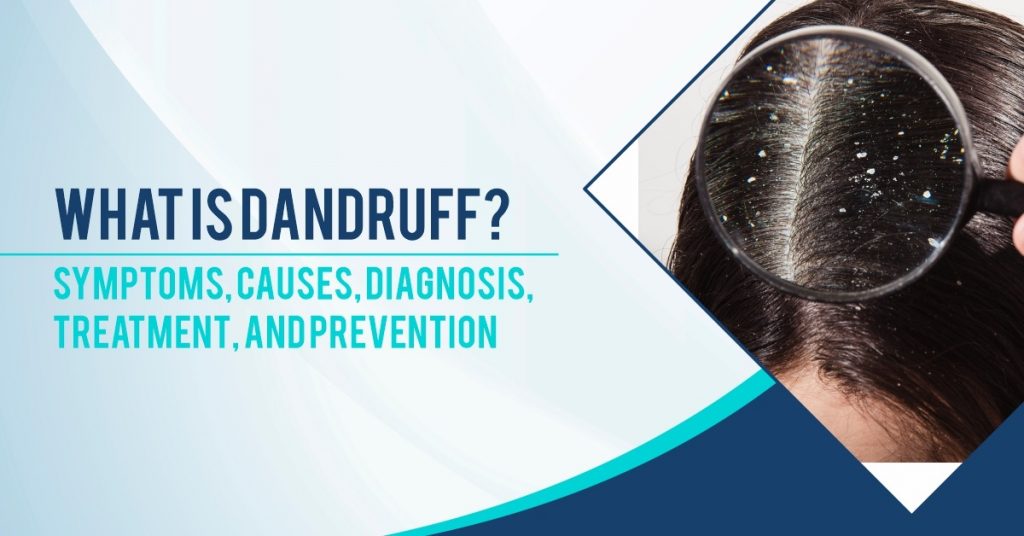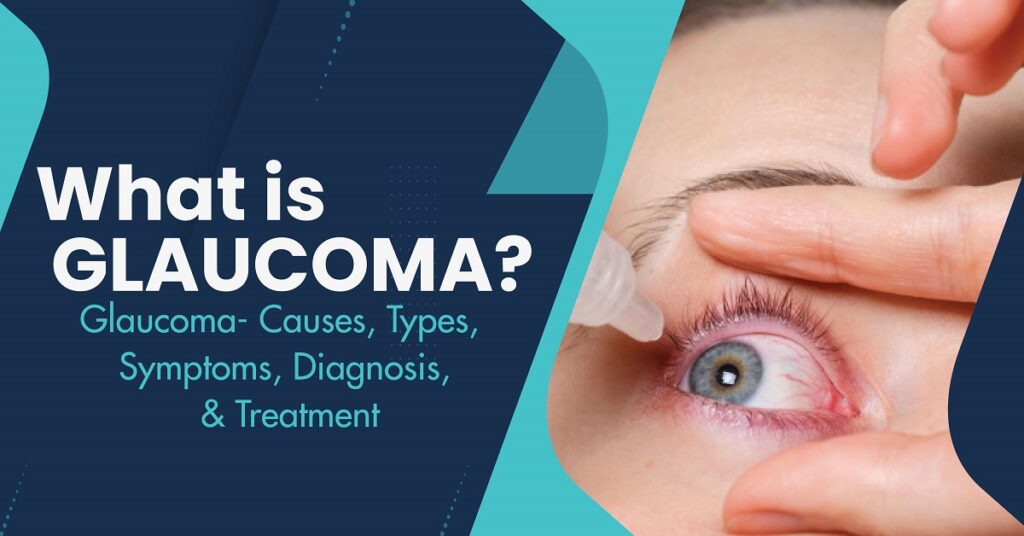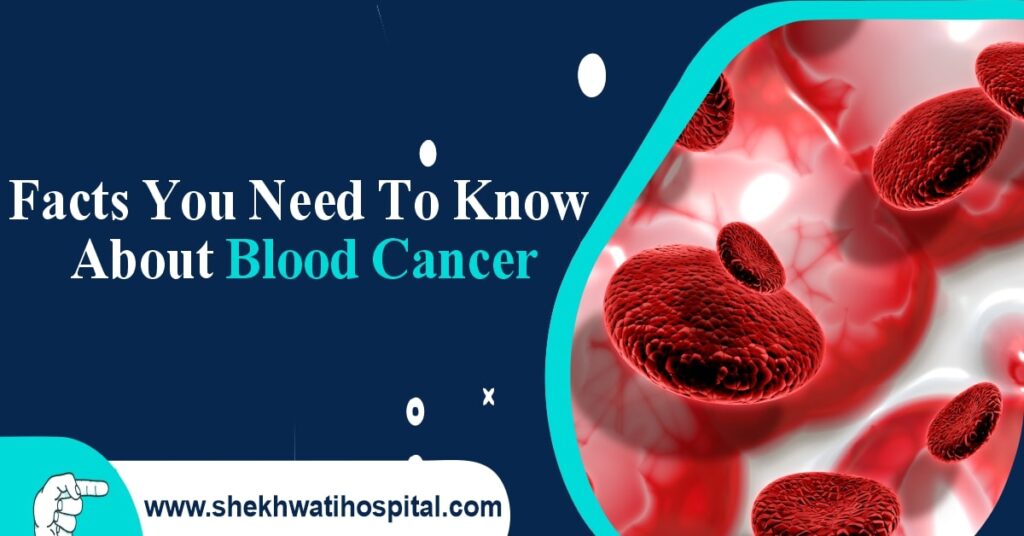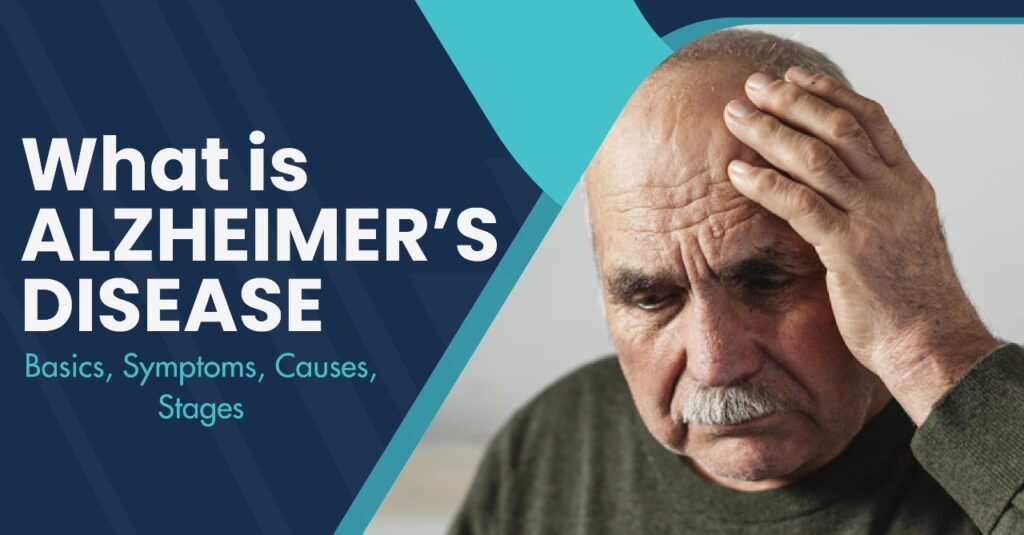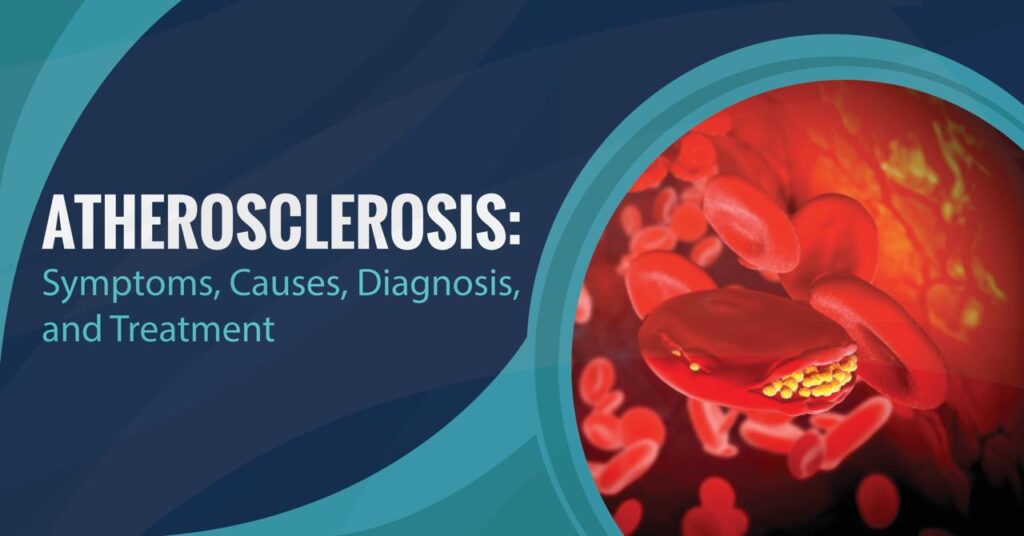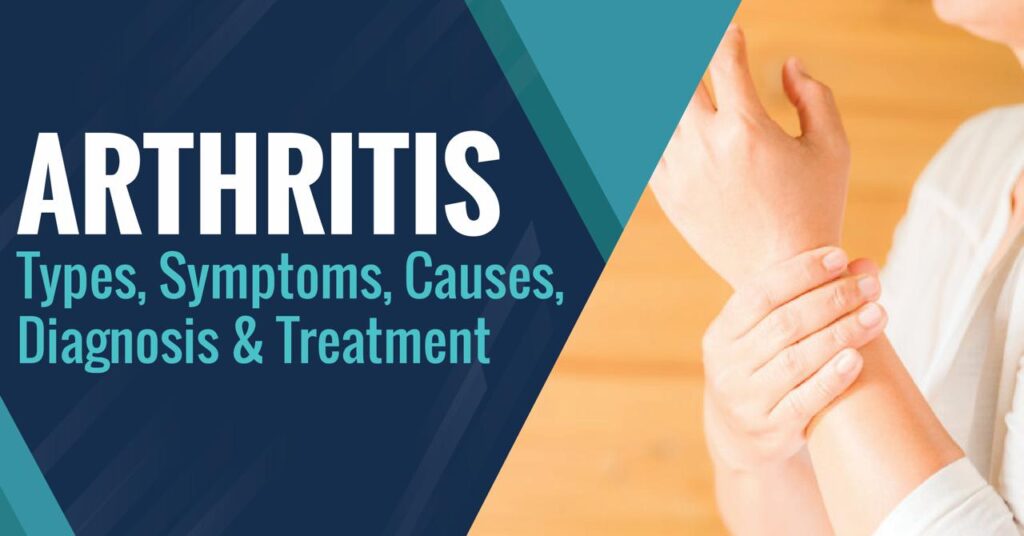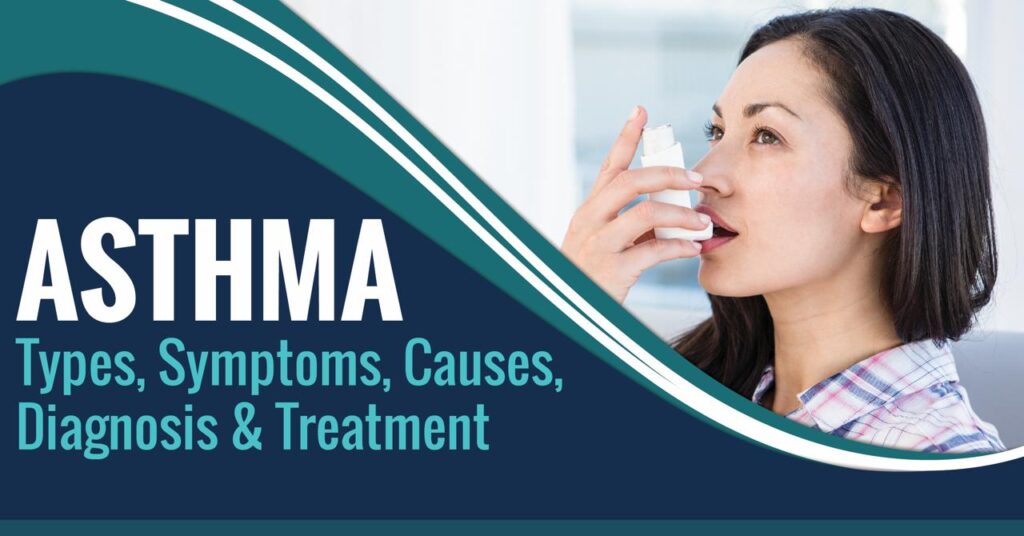Introduction
It is made up of dead cells which protect the more fragile cells below, which are then shed by the scalp, eyebrows, or even along the sides of the nose. Dandruff can also be referred to as seborrheic dermatitis.
As cells are constantly produced and replaced by new ones, it is natural for these to be shed and rubbed off. In the case of dandruff, larger scales are shed at an increased rate.
Many people view dandruff as an unattractive or embarrassing aesthetic problem. It does not cause baldness, and it is not contagious. Itching may accompany it. Hair follicles (roots of the hair shafts) are not usually infected by dandruff.
Those who have acne or oily skin are more likely to suffer from dandruff. Men and women suffer from this problem equally. Scalp dandruff tends to become more common during adolescence and in early adulthood.
Summer is the best time to get rid of dandruff unless the weather is exceptionally hot and humid. Exposure to sunshine and reducing stress may help control dandruff.
Signs and Symptoms of Dandruff:
The signs and symptoms of dandruff include:
- White flakes appear on dark clothes’ shoulders
- Itchy scalp
- Scaly facial skin
- Recurrent ear “eczema”
- Rash covering the eyebrows, nose, and ears
- Dry flakes on the scalp and face due to oiliness
- Eyebrow rash
- Beard rash
- Red spots and dry flakes on the chest
White flakes on dark clothes are often the first sign of dandruff, as is itchiness on the scalp. Dry facial skin without any other rashes or symptoms can also indicate the presence of dandruff.
In some cases, patients complain of dry skin that does not respond to lotions and creams purchased at the drugstore or from a department store. This is often caused by undiagnosed scalp dandruff that is affecting their face downstream.
You Can Read Also: CIRRHOSIS: CAUSES, SYMPTOMS, PREVENTION & TREATMENT
Hair follicles can produce dandelions on areas of the body with hair. These areas include the scalp, ears, face, and middle of the chest. No hair follicles are located on the palms or the soles.
Causes of Dandruff:
Causes of dandruff are:
- Oily Scalp: Dandruff is caused by a fungus that thrives on an oily scalp; dandruff feeds on oil glands on the scalp. Greasy skin makes you susceptible to dandruff.
- Weather: When you don’t rinse your hair promptly, oils and skin cells can accumulate on the scalp creating dandruff. Shampoos are mainly used to remove excess oil and product buildup.
- Diet: Dairy products and foods that are high in fat will cause your scalp to suffer from dandruff, irritation, and itching if you consume too many of them.
- Stress: Dandruff arises from stress, which causes a cycle where the more you scratch, the itchier your scalp becomes. Stress can cause any skin condition to worsen and impair your immune system.
- Alkaline Shampoos: Hair products containing oil can also worsen dandruff. Shampoos with an alkaline pH disturb the scalp’s pH balance and cause dandruff. If you choose the wrong kind of shampoo, you could end up with damaged hair.
- Brushing Your Hair Irregularly: Regularly brushing your hair will not only make them smooth and tangle-free but also prevent the build-up of dead skin on your scalp.
- Not Shampooing Enough: In the absence of regular shampoo, your scalp can accumulate oils and skin cells, resulting in dandruff.
Risk Factors of Dandruff:
One can be affected by Dandruff for various reasons, including:
- Skin type: Dry or oily skin is more likely to have dandruff.
- Weather condition: Dandruff can be caused by extremely cold temperatures. Winter is the most common season for dandruff.
- Diet: The consumption of excessively salty, sugary, spicy, or alcoholic foods and beverages may exacerbate Dandruff.
- Age: Adults are more likely to have dandruff than children.
- Gender: Men are more likely to suffer from dandruff than women, and it may be hormonal.
- Poor diet: An unhealthy diet that consists of processed or junk foods is linked to Dandruff.
- Poor immunity: A person with weak immunity, such as those with HIV, tuberculosis, etc., is more likely to develop dandruff.
- Stress: Emotional stress has been proven by dermatologists and research studies to play a significant role in Dandruff development.
How Is Dandruff Diagnosed?
In most cases of dandruff, the cause can be determined by a thorough scalp examination. Occasionally, a scalp biopsy is recommended to remove a small amount of scalp skin under local anesthesia for examination under a microscope.
Preventions of Dandruff:
Following these steps can help you reduce your risk of dandruff or control it:
- Learn to manage stress: You are more vulnerable to several conditions and diseases when you are stressed. Stress may even worsen the symptoms of conditions and diseases.
- Eat a healthy diet: It may be possible to prevent dandruff by including enough zinc, B vitamins, and certain types of fats in your diet.
- Follow a hair and scalp care routine that suits you: When your hair tends to be dry and your scalp is sensitive, shampoo less frequently and condition your scalp between wash days if you have an oily scalp. Gently massage your scalp to remove flakes. Rinse thoroughly.
- Get a little sun: Sunlight might help control your dandruff, but skin cancer risks increase when your skin is exposed to ultraviolet light. To prevent skin cancer, don’t sunbathe. Instead, take a stroll outside, and wear sunscreen on your face and body.
- Limit hair-styling products: Hair-styling products can accumulate on the hair and scalp, making them oilier.
Treatment for Dandruff:
If dandruff doesn’t improve, try a medicated shampoo to soothe itching and flaking. For mild dandruff, cleanse with a gentle shampoo to remove oil and skin cells.
People with drier hair may be better off using less frequent shampooing and moisturizing conditioner for the hair or scalp if they can tolerate using a medicated shampoo two to three times a week.
You may need to try more than one product to find the routine that works best for you. You may also need to continue treatment for a prolonged period. You will probably need to undergo several treatments.
You Can Read Also: CHALAZION: SYMPTOMS, CAUSES, TREATMENT, AND PREVENTION
You should stop using any product that is causing itching or stinging. If you experience an allergic reaction, such as a rash, hives, or difficulty breathing, you should see your doctor right away.
There are different types of shampoos for treating dandruff. Some of them require a prescription and contain stronger formulas.
- Pyrithione zinc shampoos (DermaZinc, Head & Shoulders, others). The zinc pyrithione present in these products acts as an antibacterial and antifungal.
- Tar-based shampoos (Neutrogena T/Gel, Scalp 18 Coal Tar Shampoo, others): It may cause discoloration of light-colored hair if you use this type of shampoo. It can also cause sensitivity to sunlight if you have light-colored hair.
- Shampoos that contain salicylic acid (Jason Dandruff Relief Treatment Shampoo, Baker P&S, others): These products help eliminate scaling.
- Selenium sulfide shampoos (Head & Shoulders Intensive, Selsun Blue, others): The products in this category contain an antifungal agent. For optimal results, use the products as directed, and rinse well after shampooing to avoid discoloration of the hair and scalp.
- Ketoconazole shampoos (Nizoral Anti-Dandruff): Activating this shampoo kills the fungus that causes dandruff on your scalp.
- Fluocinolone shampoos (Capex, Derma-Smoothe/FS, others): To reduce itching, flaking, and irritation, these products contain a corticosteroid.
To prevent and maintain dandruff, use the medicated shampoo less frequently after it has been controlled. If one type of shampoo works for a time and then loses effectiveness, try alternating between two types of shampoos.


